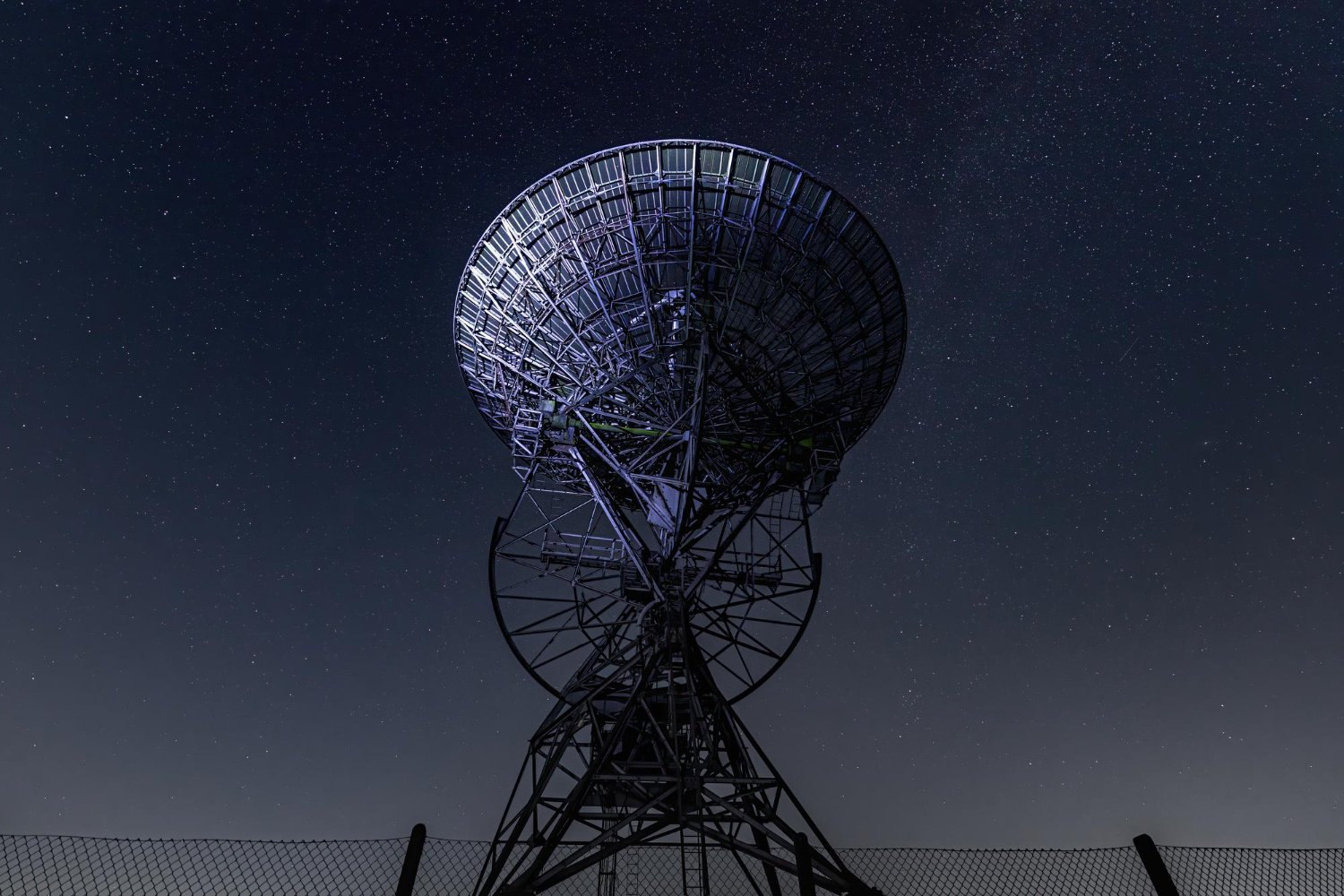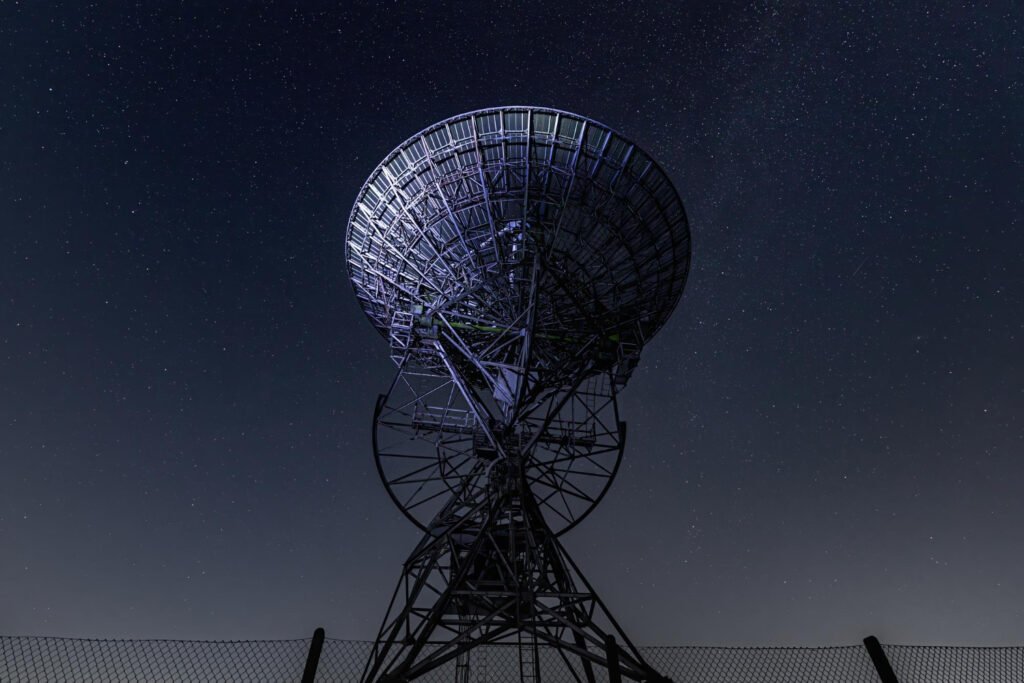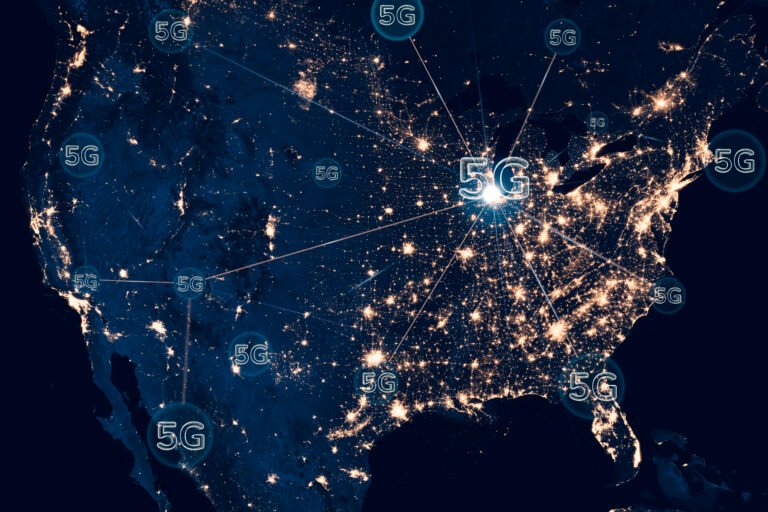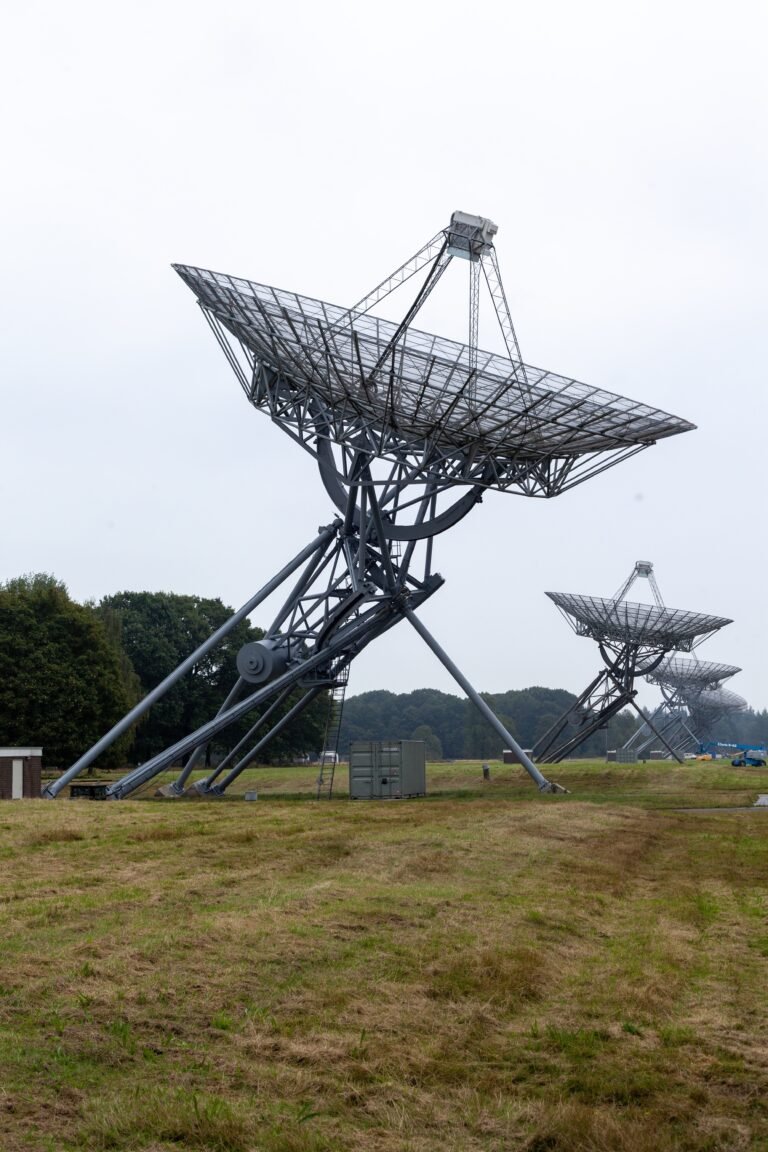Starlink vs OneWeb vs Kuiper: 2025 Space Internet Battle

The race to blanket Earth with high-speed connectivity from low Earth orbit has moved from an experiment into an all-out commercial war. In 2025, “Space Internet” isn’t a futuristic idea — it’s a real, competitive marketplace led by SpaceX’s Starlink, Eutelsat-OneWeb (OneWeb), and Amazon’s Project Kuiper. Each operator brings different technology, business models, and target customers: Starlink leverages scale and rapid launches; OneWeb focuses on managed global coverage and partner ecosystems; Kuiper promises tight AWS integration and deep distribution muscle. This article breaks down the technical differences, business strategies, real-world performance, regulatory and environmental issues, and — most importantly — what consumers, enterprises, and policymakers should expect as the battle for Space Internet dominance heats up. Starlink+2OneWeb

Table of Contents
1) Why Space Internet matters (short primer)
Space Internet refers to delivering internet connectivity to the ground using networks of low Earth orbit (LEO) satellites instead of only terrestrial fiber and cellular towers. LEO constellations can reach remote rural communities, ships at sea, aircraft, and disaster zones where fiber or 5G are costly or unavailable. They also offer a potential path for global redundancy and competition to incumbent ISPs. As the world pushes for universal connectivity and low-latency cloud services, Space Internet is now a strategic piece of national infrastructure and private-sector competition. Precedence Research
2) The three contenders — at a glance (comparison table)
| Feature / KPI | Starlink (SpaceX) | OneWeb (Eutelsat • OneWeb) | Project Kuiper (Amazon) |
|---|---|---|---|
| Primary owner/operator | SpaceX | Eutelsat-OneWeb (OneWeb) | Amazon (Kuiper Systems / AWS) |
| Constellation size (deployed, 2025) | 7,000+–8,000+ satellites (growing fast). | ~630–648 satellites (operational). | Initial production launches started in 2025; ~100–150 satellites launched by late-2025. Starlink+2OneWeb |
| Target markets | Global consumer & enterprise, mobility (airlines, ships), D2C. | Wholesale, enterprise, telco partnerships; enterprise & government. | Consumer & enterprise with AWS tie-ins; heavy distribution emphasis. Starlink+2OneWeb |
| Typical consumer speeds (2025 reported) | 50–220 Mbps (varies by plan / region). | Varies by service partner; generally comparable in targeted regions. | Kuiper targets similar LEO speeds; ramping as constellation grows. The Network Installers |
| Typical latency | ~20–50 ms (depends on routing and load). | Comparable for LEO; slightly higher in some regions due to ground station routing. | Aims for low LEO latency; optical ISLs planned for reduced hops. Starlink |
| Strengths | Launch cadence / scale / low operating costs; integrated manufacturing. | Strong partner network; regulatory approvals for global coverage; stable constellation. | Deep AWS integration, huge capital & distribution, multi-vendor launch contracts. Starlink+2OneWeb |
| Notable risks | Scale = complexity; outages and regulatory pushback. | Dependence on partners for retail reach; scale limits vs Starlink. | Late to market compared to Starlink; still ramping satellites and ecosystem. Reuters+2OneWeb |
3) Technology: satellites, orbits, and inter-satellite links
Starlink, OneWeb and Kuiper all pursue LEO constellations, but they differ in orbital altitude, satellite design, and networking tech.
- Orbits & geometry:
- Starlink uses multiple orbital shells at several altitudes (mostly 300–550 km for many satellites and higher shells for V2), enabling global coverage with many quick handovers. Starlink
- OneWeb flies in slightly higher LEO (~1,200 km nominal) with synchronized orbital planes aimed at consistent global coverage and simplified ground station design. OneWeb
- Kuiper plans multiple shells with a phased deployment; phase-1 targets around 630 km altitudes and will later add optical inter-satellite links (OISL). Wikipedia+1
- Inter-satellite links (ISLs):
Starlink has been rolling out laser ISLs on newer satellites to reduce latency by routing traffic in space. Kuiper plans similar optical ISLs to reduce dependency on ground stations. OneWeb historically emphasized ground station architecture and partner PoPs, although ISLs remain an area of enhancement. Starlink - User terminals & form factors:
Each provider offers user terminals (dishes/modems). Starlink’s phased-array dish (now flatter and sleeker) supports auto steer and phased arrays for moving terminals; Kuiper and OneWeb have been developing compact terminals — Kuiper emphasizes AWS integration for enterprise appliances and managed devices. Each vendor targets both fixed consumer terminals and mobile/embedded variants (cars, maritime, aviation). Starlink
4) Coverage & launches: deployment status in 2025
2025 is the year of transition from “initial service” to “scale and churn”:
- Starlink continued aggressive launches in 2025, adding thousands of satellites in the year and passing multi-million subscriber milestones — Starlink reported millions of active customers and has the largest active LEO fleet. SpaceX reported rapid annual deployment adding hundreds to thousands of satellites per year. Starlink
- OneWeb completed its planned ~648 satellite constellation in 2023 and by 2025 operated with broad global coverage, focusing on partner integrations (carriers, governments) and expanding ground stations. OneWeb’s model is “managed wholesale + partner retail.” EO Portal
- Project Kuiper moved from prototypes into full-scale production & launches in 2025. Amazon executed a large multi-vendor launch procurement and began delivering production batches (e.g., ULA launches of 27 satellites). Kuiper is scaling up but is behind Starlink in total deployed satellites as of late 2025. About Amazon
5) Performance: speed, latency, reliability and real experiences
Performance claims vary by region, plan, and network load. Real-world metrics are still noisy, but trends are clear:
- Speeds: In many consumer reports, Starlink offers typical download speeds in the 50–220 Mbps range for residential users, with higher peaks possible in lightly loaded cells. OneWeb typically focuses on enterprise or managed services with performance matched to partner SLAs. Kuiper claims comparable LEO speeds as its constellation grows. The Network Installers
- Latency: LEO systems can achieve sub-50 ms round-trip latency; Starlink teams have reported ~20–40 ms in optimal cases. Adding inter-satellite laser links and local ground points reduces hops and lowers latency further. Starlink
- Reliability: Network incidents happen — Starlink experienced a notable global outage in July 2025 impacting tens of thousands of users; such large-scale outages highlight the operational complexity of managing planetary-scale networks. Redundancy, regional gateways, and software robustness are key reliability differentiators. Reuters
- Mobility & aviation: Starlink’s recent FAA approvals and airline trials indicate in-flight connectivity is a growth vertical; Kuiper and OneWeb are also pursuing aviation and maritime deals. Airlines are testing hardware and certification pathways in 2025. Reuters
6) Business models & go-to-market strategies
Each player has chosen a distinct path:
- Starlink: Direct-to-consumer (D2C) sales, bundled services for residential, RV, maritime, enterprise, and direct deals with mobility (airlines). Starlink’s advantage is vertical integration (build satellites, own launches) enabling rapid scale and price pressure. It monetizes via subscriptions and enterprise contracts. Starlink
- OneWeb: Wholesale & partnership model: sell capacity to telcos, governments, maritime firms, and mobile network operators (MNOs). OneWeb often white-labels services or provides managed connectivity to partners, leveraging its steady constellation and regulatory approvals. OneWeb
- Kuiper: Hybrid play — consumer offerings plus deep AWS integration for cloud customers. Amazon’s retail and logistics channels (and AWS for latency-sensitive cloud services) are Kuiper’s strategic assets. Kuiper has arranged a large, multi-partner launch campaign to catch up quickly. About Amazon
Pricing & subsidies: Pricing remains competitive and regionally variable. Governments pursuing universal service funds or rural broadband grants may subsidize any of these providers, changing commercial dynamics in particular countries.
7) Regulation, spectrum and geopolitical friction
Spectrum allocations, orbital slots, and national licensing shape where and how providers operate. Key points:
- Licensing: Each operator has navigated complex national license regimes. OneWeb focused on partner relationships and regulatory compliance to secure access agreements in many regions; Starlink often pursues more direct, market-by-market entries. Kuiper is following established regulatory channels with AWS and commercial partners. OneWeb
- Geopolitics: The strategic value of independent connectivity has nations cautious but interested. Governments may prefer providers with predictable service agreements and local points of presence for sovereignty and security reasons.
- Spectrum sharing & interference: With thousands more satellites, international coordination on spectrum and orbital debris mitigation is a growing area of diplomacy. The risk of interference with terrestrial services is being managed through technical agreements and national regulators.
8) Environmental & astronomy concerns (space debris, light pollution)
The rush to orbit raises real externalities:
- Space debris: Large constellations increase collision risk and debris creation. Groups of astronomers and space scientists have raised alarms about Kessler Syndrome risk if debris mitigation and end-of-life plans aren’t robust. Operators now adopt de-orbiting plans and maneuverability, but more governance is needed. The Guardian
- Light pollution: Thousands of reflective satellites affect astronomical observations — mitigation methods include dark coatings and sunshade designs, but impacts remain visible and contentious. Operators and observatories are collaborating on mitigation, but the tradeoff between commercial deployment and science is an active debate. The Guardian
9) Who wins which markets? Use-case scorecard
Here’s a high-level, pragmatic look at where each provider is most likely to succeed:
- Rural residential & small businesses: Starlink’s D2C speed to market, simple ordering, and consumer brand make it a leader here — especially in countries with limited terrestrial infrastructure. Starlink
- Government, defense & enterprise: OneWeb’s partner-focused model and managed service approach win in settings where SLAs, service integration, and regulatory assurances matter. OneWeb
- Cloud-centric enterprise & retail distribution: Kuiper’s AWS integration and Amazon distribution give it an advantage for cloud services, developers, and retail scale — assuming Kuiper reaches its deployment targets. About Amazon
- Aviation & maritime mobility: All three compete aggressively. Certification momentum (e.g., FAA approvals) and partner OEM deals will dictate market share. Starlink’s early airline approvals are noteworthy. Reuters
10) Practical buying guide: how to pick a Space Internet provider in 2025
If you’re deciding today, here are practical steps and tips:
- Check local availability & regulation: Some countries restrict or control specific providers — check licensing and supported hardware in your country.
- Compare real performance tests (not just advertised speeds): Look for third-party speed and latency tests in your region.
- Assess mobility needs: If you travel by RV, boat, or plane, confirm mobility plan compatibility and certification for your use case.
- Examine contract terms & SLAs for business use: Enterprise customers should compare SLAs, uplink/backhaul options, and redundancy plans.
- Consider integration needs: If you rely on AWS or cloud services heavily, Kuiper’s AWS tie-ins may offer real latency and integration benefits. If you want an off-the-shelf consumer solution, Starlink is often simplest. OneWeb is attractive if you need wholesale or telco integration. Starlink+2About Amazon+2
11) FAQs
1. Which provider has the most satellites in 2025?
Starlink leads in sheer numbers, having launched thousands more satellites than rivals in 2025 and operating the largest active LEO fleet. Starlink
2. Is Kuiper live and usable for consumers today?
In 2025 Kuiper began full-scale deployment and launched production satellites; consumer rollout is region-by-region and still ramping compared to Starlink. About Amazon
3. Are speeds comparable between the three?
All three aim for similar LEO speeds; Starlink has published real consumer ranges (often 50–220 Mbps). Real-world speeds depend on region, capacity and terminal hardware. The Network Installers
4. Which is best for airlines and in-flight internet?
Starlink has made headway with FAA approvals and airline trials; OneWeb and Kuiper are pursuing certifications and airline partnerships as well. Choice will depend on airline OEM integrations and certification timing. Reuters
5. Are there environmental risks?
Yes — growing constellations raise concerns about space debris and light pollution; scientists and regulators are pushing for stronger coordination and mitigation measures. The Guardian
12) Conclusion + quick future outlook
By late 2025 the Space Internet market is no longer a two-player contest — it’s a broad, well-funded scramble. Starlink’s head start and launch capacity make it the scale leader; OneWeb’s partner approach makes it a dependable wholesale supplier to governments and telcos; Kuiper’s AWS and retail muscle make it a formidable challenger with enormous distribution upside. Expect more aggressive pricing, specialized vertical offerings (aviation, maritime, IoT, direct-to-cell), and increased regulatory pushback over the next 18–36 months. For end users, the result should be better coverage and falling prices — with the caveat that outages, planetary-scale complexity, and environmental concerns are the industry’s growing pains.






